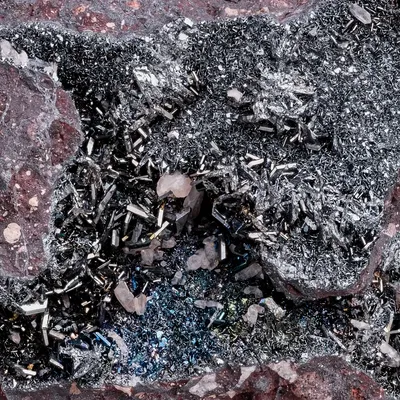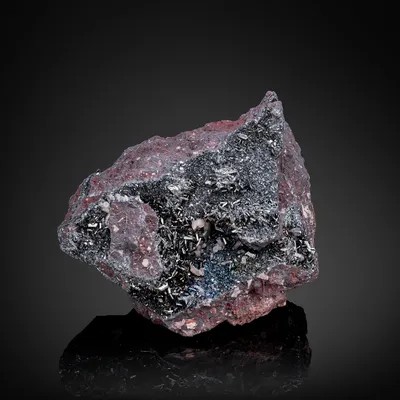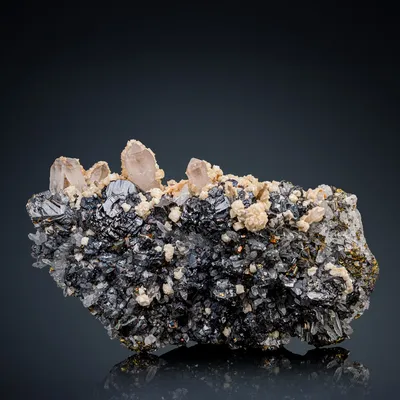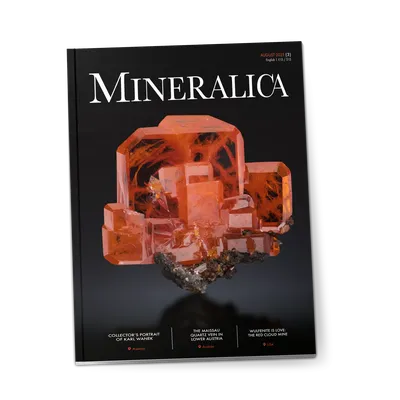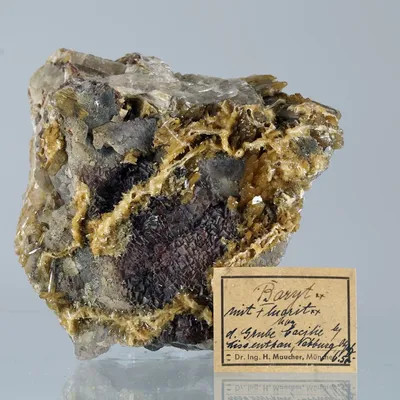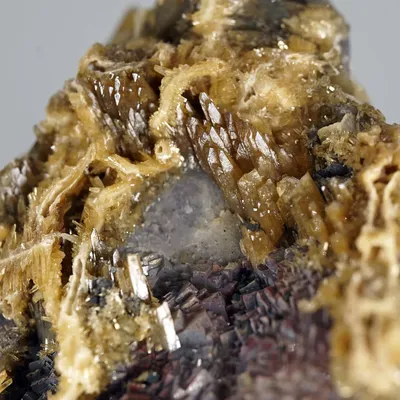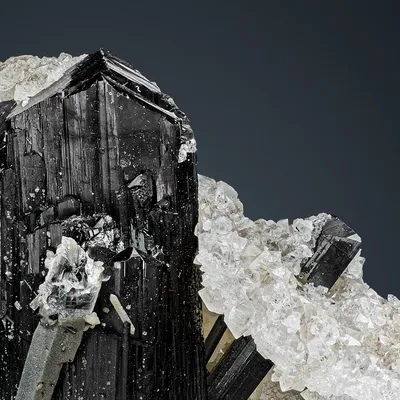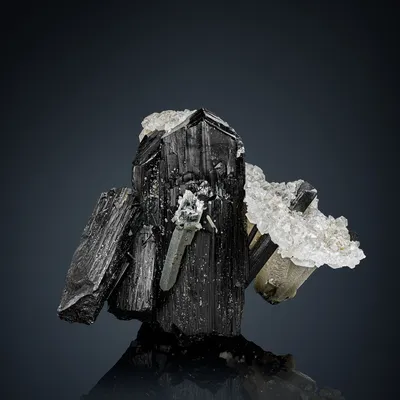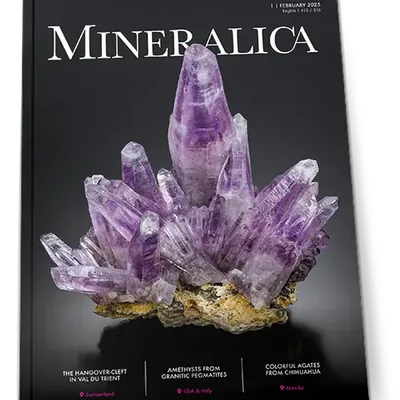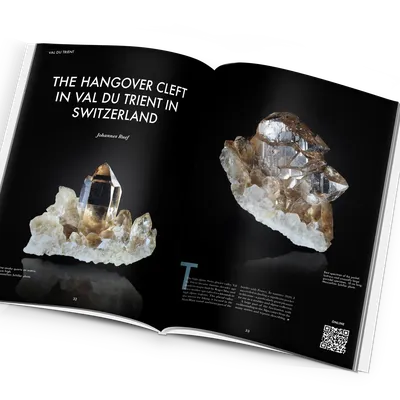What are Minerals?
Minerals are a wonder of nature, producing a multitude of shapes and colors and at the same time offering insights into the fascinating processes of the earth's history.

What are Minerals?
Minerals are usually crystalline elements or chemical compounds that are formed by geological processes. This includes not only processes on Earth, but also on other celestial bodies. The International Mineralogical Association (IMA for short) recognizes around 6,000 types of minerals, most of which are inorganic, but some organic substances are also considered minerals due to their geological formation. The study of minerals is known as mineralogy. Minerals that are synthetically produced by humans (e.g. in a laboratory) should not be called minerals. However, human intervention in nature can very well lead to the natural formation of minerals.
Which shape can minerals take?
Minerals can take various forms, including crystals with geometric structures such as cubes or prisms, which are characterized by a regular arrangement of atoms or molecules.
They can also exist as grains in rocks or arrange themselves into fibrous structures. Some minerals occur as masses or aggregates, whereby the crystals are not clearly delineated from one another. Some have characteristic shapes such as rosettes or clusters. The shape of a mineral depends on its chemical composition and the conditions of its formation.
Many people think that crystals are cut and shaped by humans. However, it is nature that forms these clear and sharp edges.
In contrast to this, however, there are all too often specimens on offer that have indeed been made from a cut stone. The difference between a genuine crystal is often not easy to tell.
What color can minerals have?
The color of minerals varies greatly and can be influenced by chemical composition and impurities. Some minerals have characteristic colors, while others can have a wide range of colors.
Some minerals get their color from the presence of certain chemical elements or impurities during their formation. These elements absorb certain wavelengths of light and reflect others, resulting in a characteristic color. On the other hand, the crystal structure and the way the light is refracted by the mineral can also affect the color. A phenomenon called interference or diffraction of light can cause minerals to show different colors depending on the angle at which they are viewed. In some cases, the color can also be altered by external factors such as weathering or irradiation. The variety of colors in minerals is therefore a fascinating result of complex physical and chemical processes during their formation and development.
How old are minerals?
Minerals can be very old, some are even as old as the earth itself, with an age of several billion years. However, there are also certain places where minerals are still being formed and crystals are still growing today. However, this happens very slowly.
How do minerals form?
Minerals are formed by geological processes such as crystallization from magma, metamorphosis of rocks or precipitation from aqueous solutions.
Where can you find minerals?
Minerals can be found worldwide in various geological formations, including rocks, caves, volcanoes, deserts and marine deposits.
Just follow the latest reports in our magazine to keep up to date with mineral discoveries worldwide.
How valuable are minerals?
The value of minerals varies depending on their rarity, purity, beauty and intended use. Some minerals, such as diamonds, gold and platinum, are extremely valuable, while others are of little value.
Minerals are only suitable as an investment to a limited extent. Please contact us if you would like to sell individual pieces or an entire collection.



